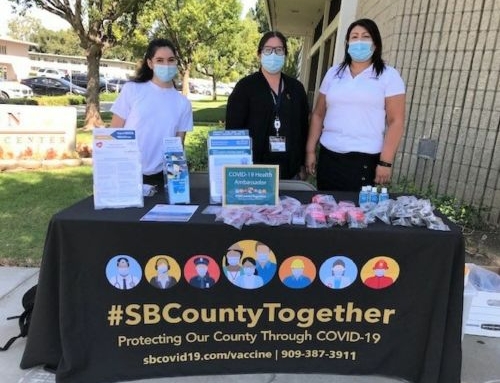Innovation Description
The Chicago Department of Public Health (CDPH) collaborated with the Center for Spatial Data Science and School of Social Service Administration to determine how well the distribution of public spending on health and human services across Chicago’s geography matches with the distribution of needs across the city. We developed a process and diagnostic tool with CDPH to allow health system planners to connect the dots between needs assessments and service investments from their city, county, and state. With the big picture in view, health planners will have a much better baseline from which to make decisions about ongoing spending once improved service contracts data become available.
Major Accomplishments
- Developed a framework for using spatial data analytics to analyze systemic questions beyond the traditional focus on operational problems.
- Developed and implemented a roadmap for how to use human service contracts data to identify spatial gaps in services.
- Demonstrated that the traditional use of contracts data to track service spending (by headquarters instead of service locations) underestimates the spatial reach of this spending in poorer and more diverse areas in Chicago.
- Supported CDPH in the collection and analysis of new data about service locations to address this problem.
- Found that service directory data is not a good proxy for estimating where contract-funded services are delivered in Chicago.
- Made the flow of data and money more transparent through process diagrams.
- Developed open-source code to clean contracts data and compute travel times and access metrics: www.github.com/GeoDaCenter/spatial_access.
- Made this code accessible through a web front-end, which is currently hosted internally on University of Chicago servers, however we can generate results for your data. Contact [email protected] for information.
Barriers & Challenges
- The institutional fragmentation between the financial and programmatic management of service contracts is reflected in contracts data, leading to significant gaps that need to be closed before these data can be used for decision-making.
- The lack of standardization, machine-readability, and completeness across departments and jurisdictions makes contracts data a promising, yet still-problematic source for analysis.
- Often no accessible data exists on where contract funding went that is granted through intermediaries (fiduciaries), which often involves large funding amounts.
- There is no easy way to extract the subset of contract-funded nonprofits that provide direct services in specific locations (as opposed to mobile, at home, citywide, or other).
- The processes of collecting contracts data often still involve non-automated workflows, including scanned images, manual data entry, and lost information along the information pipeline, which impedes regularly updated analysis of contracts data.
Replication Efforts
We encourage interested organizations to implement a number of important prerequisites before embarking on plans to replicate this project. It is essential to first obtain the support of the city’s or department’s leadership for tracking service investments in relationship to need. In addition, contracts data must be accessible, including contract recipient name, address of headquarters and service delivery locations, dollar amount, service type, and start and end dates. Needs data must also be accessible, whether internal or public. Other requirements for replication include familiarity with using Python code or GIS. If these prerequisites are in place, our blueprint and code documentation outline the details of the analysis.
Resources
- Innovation Summary Document
- Case Study Report





